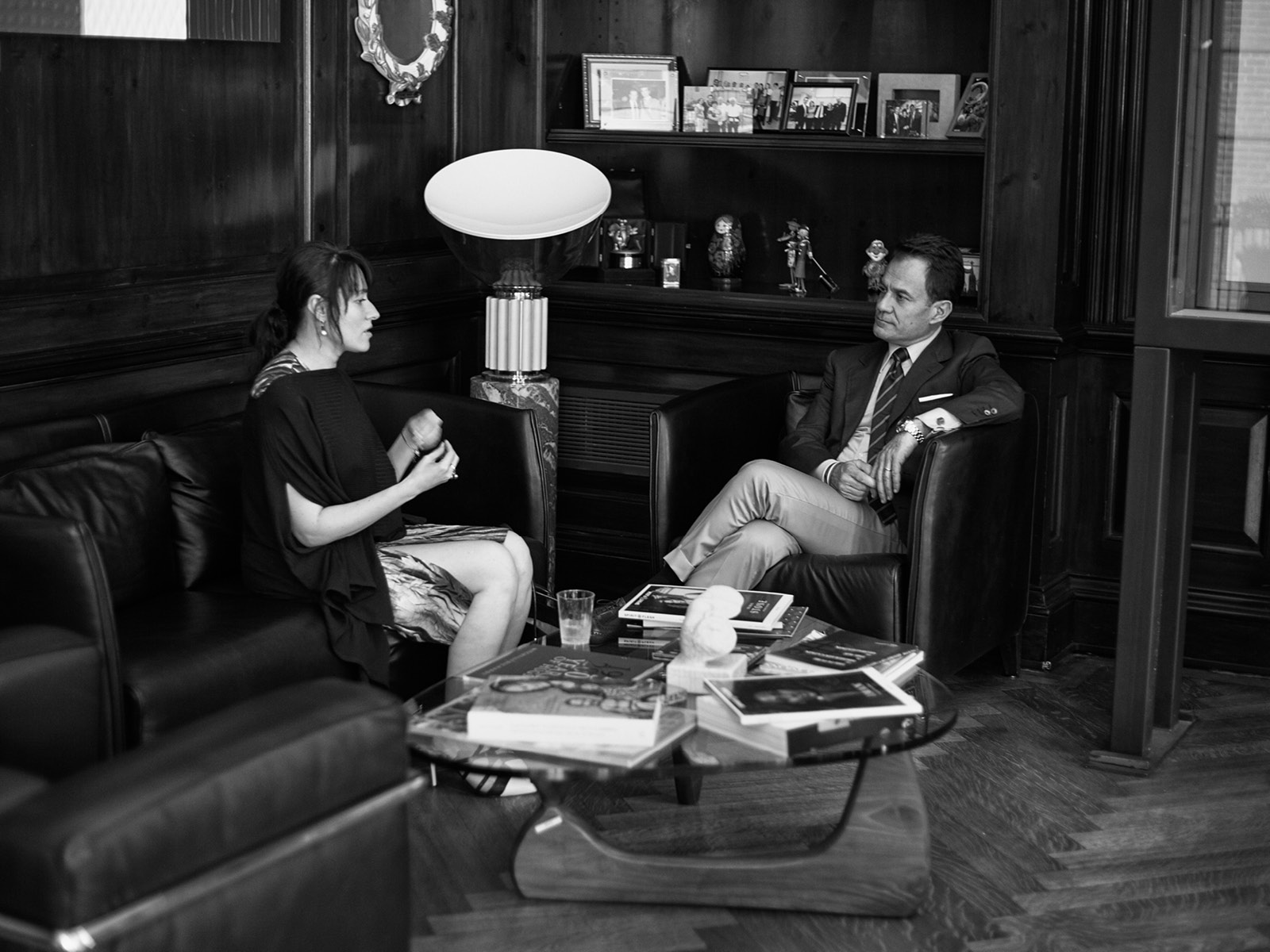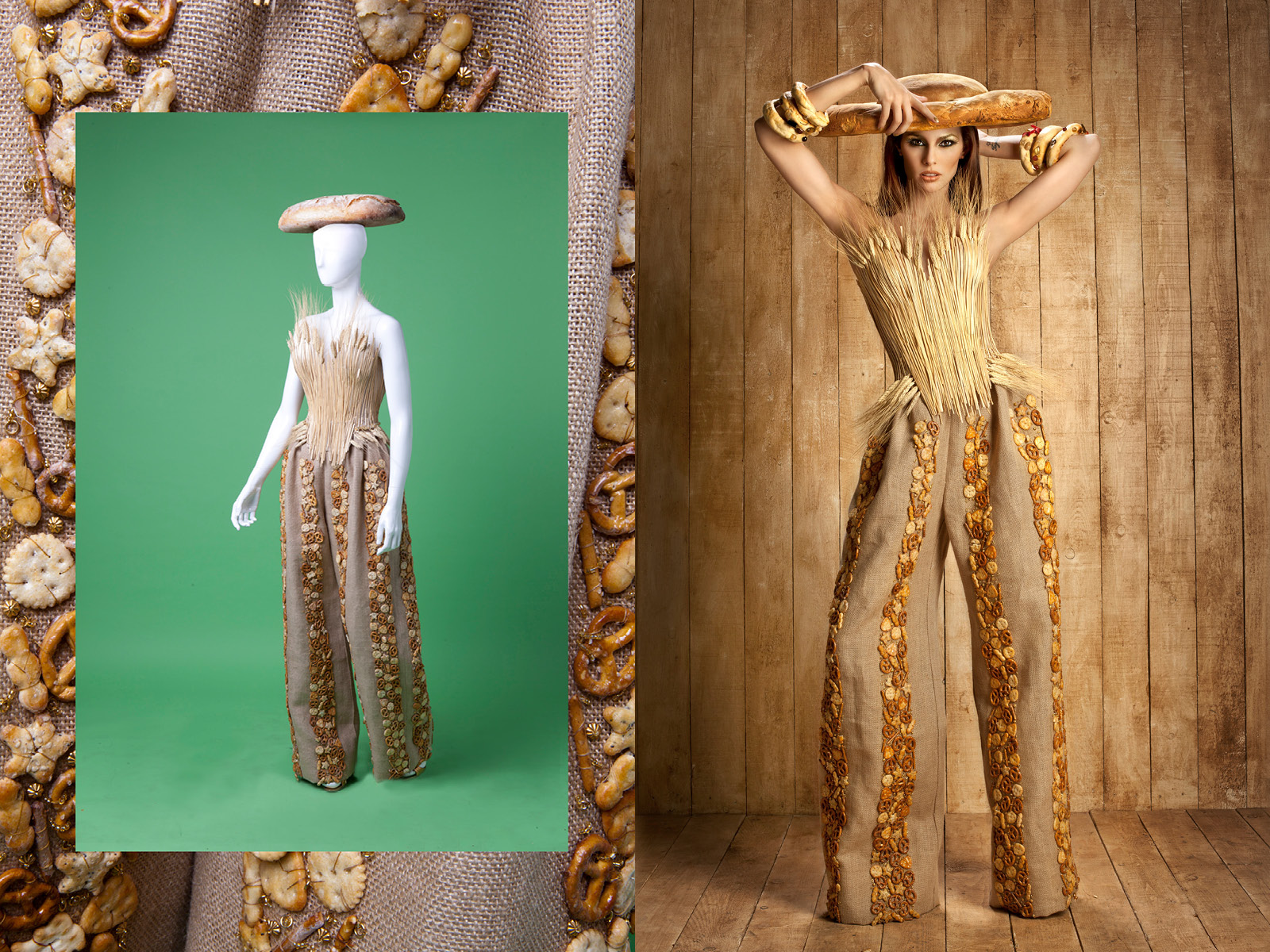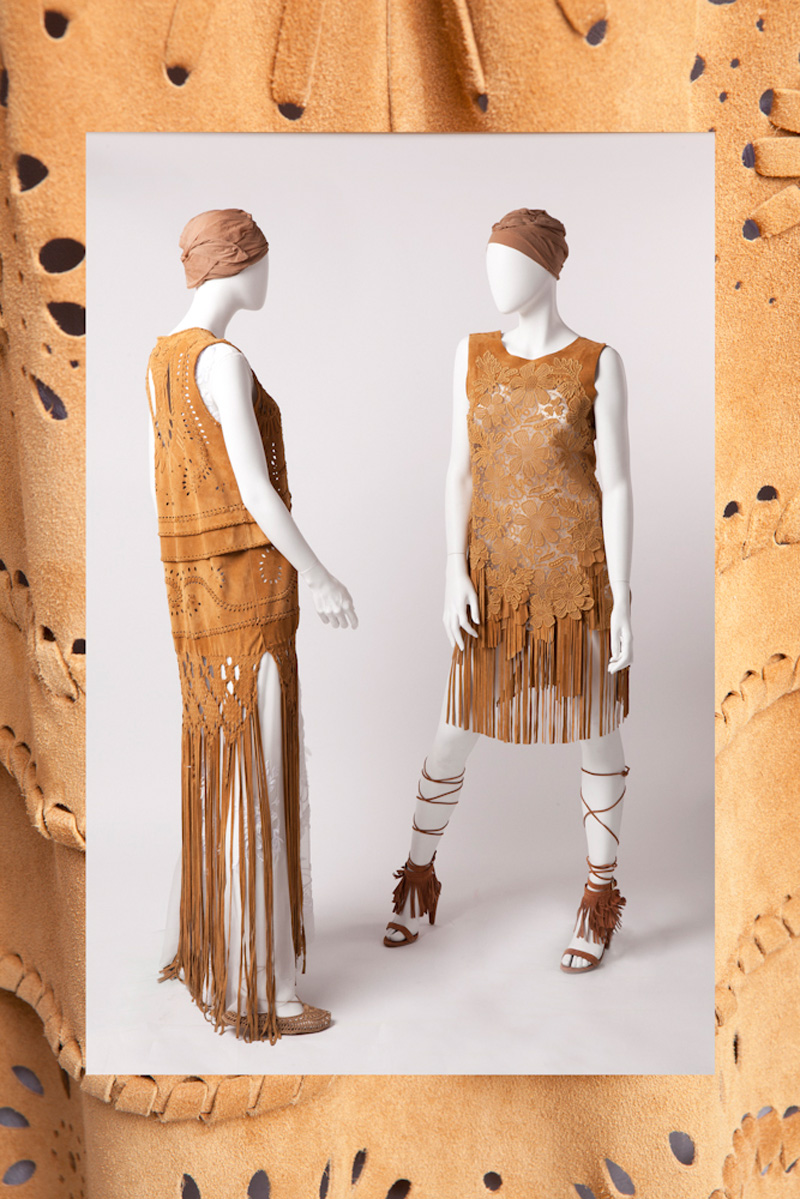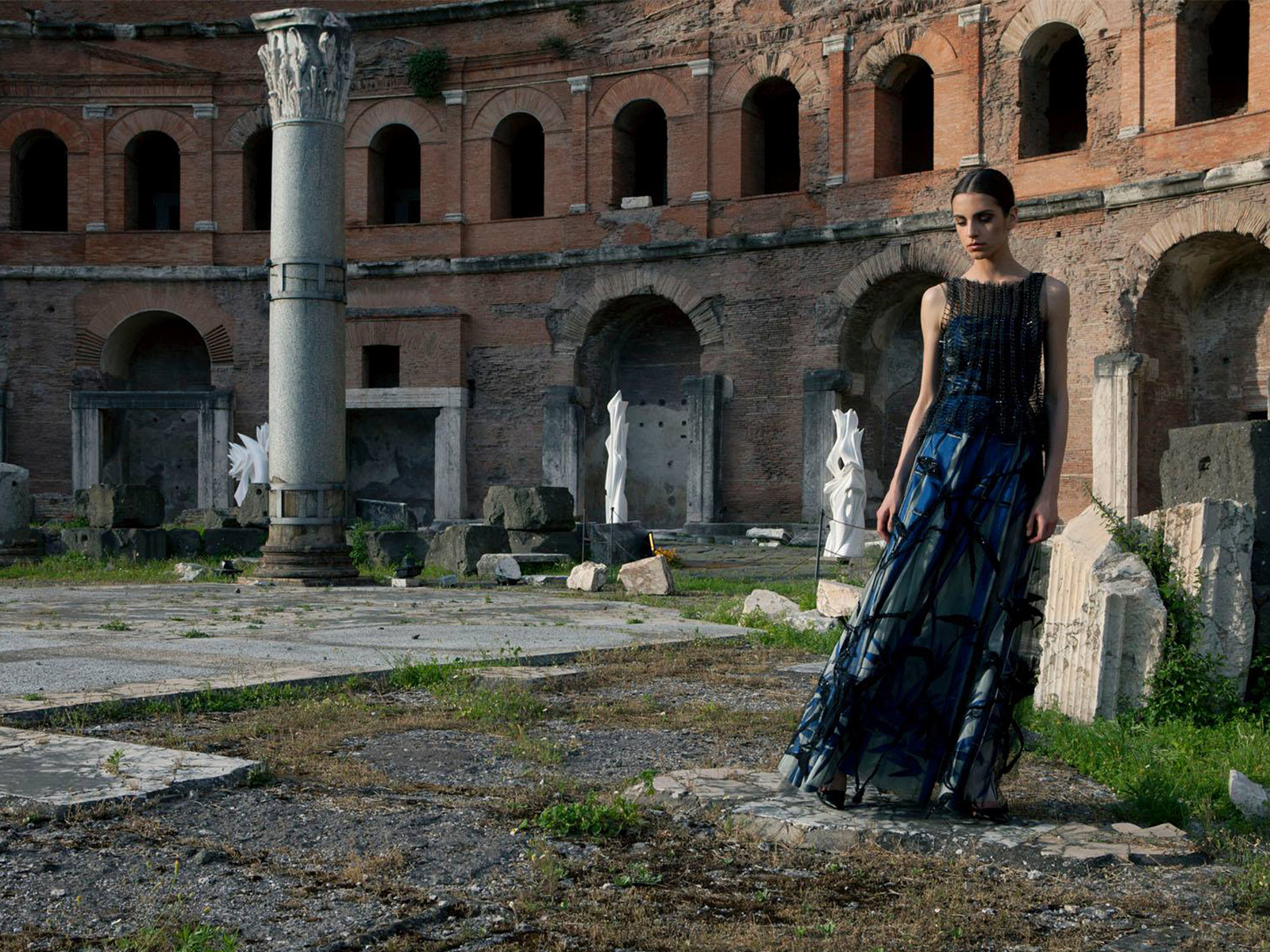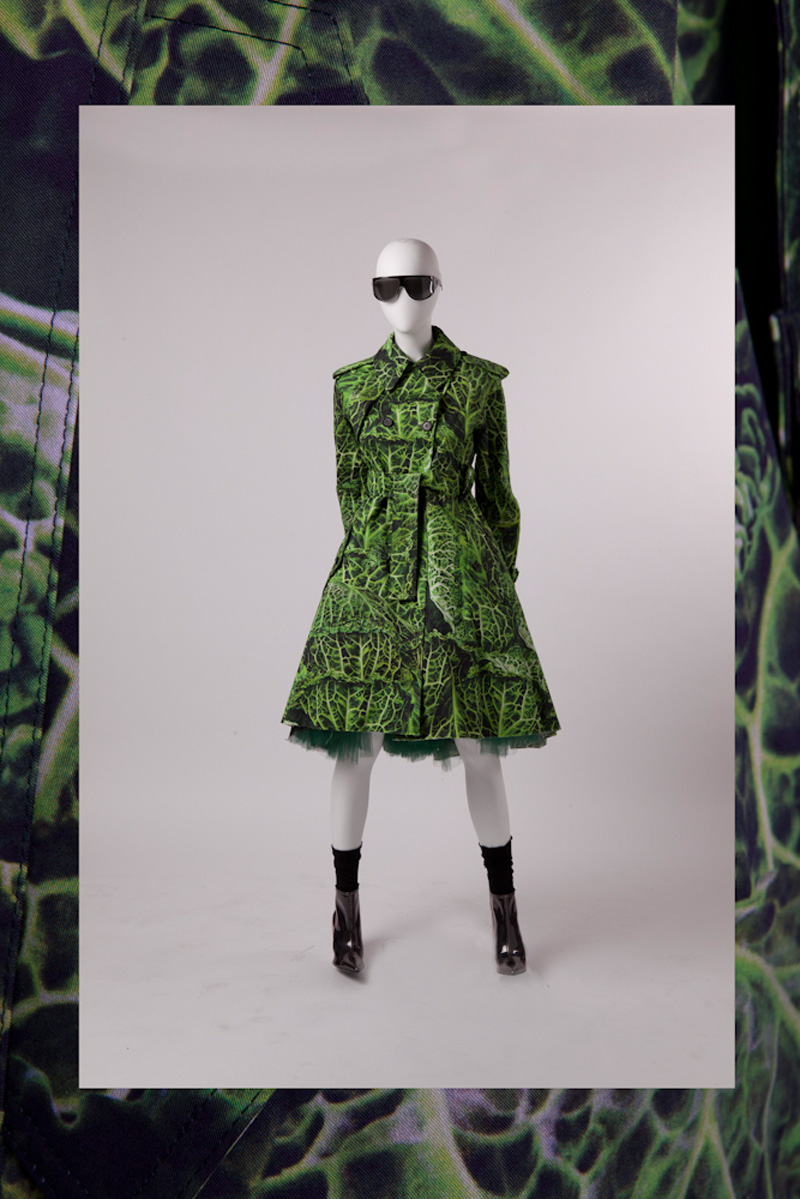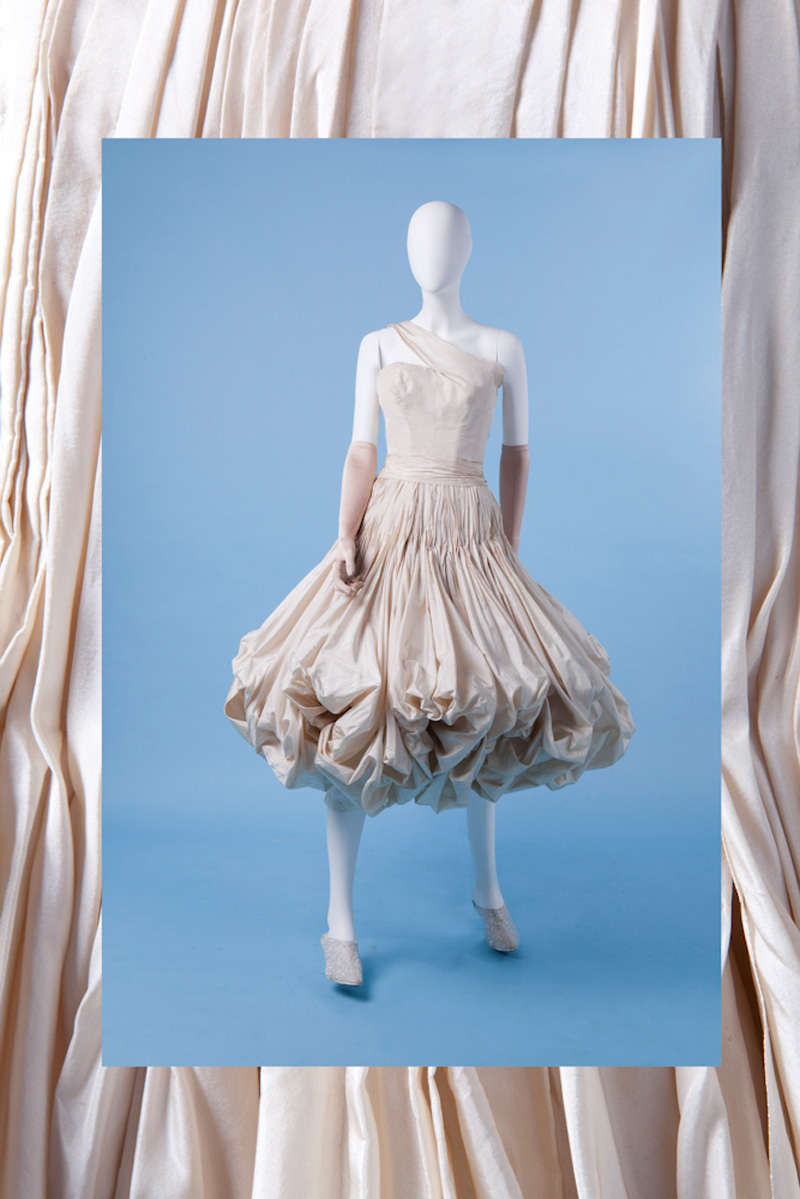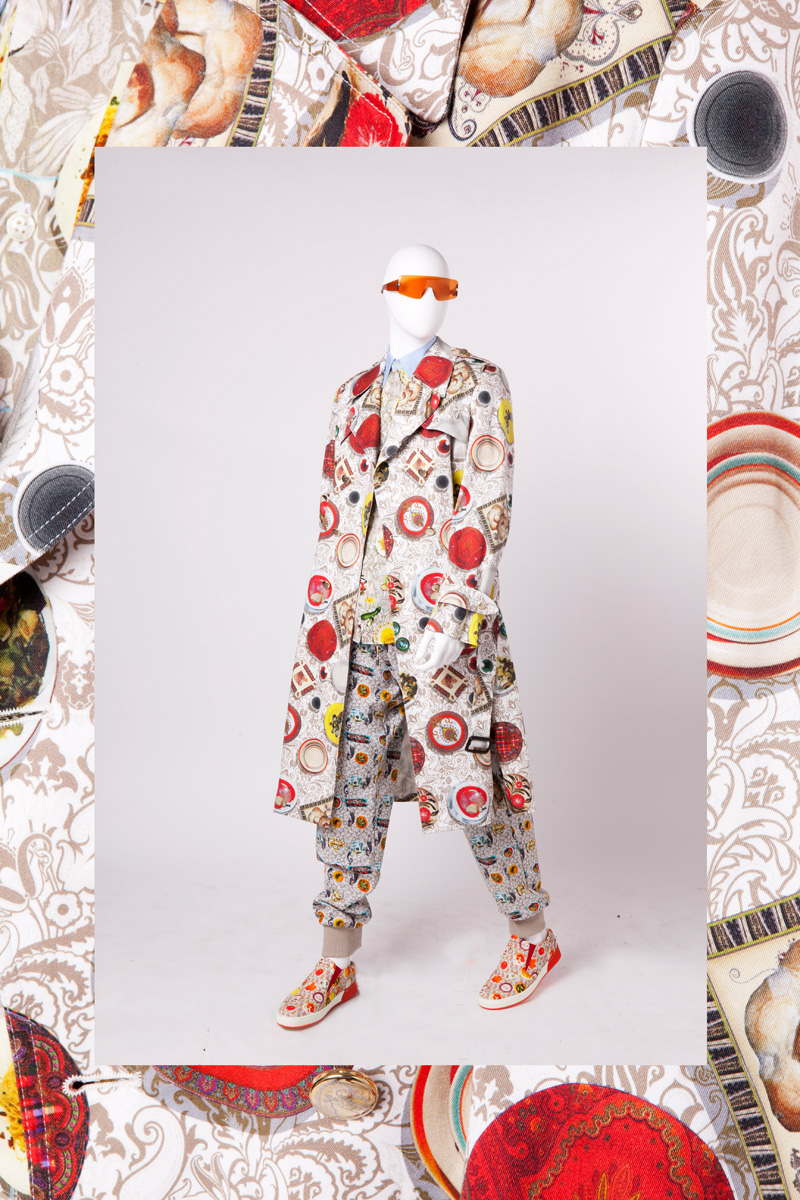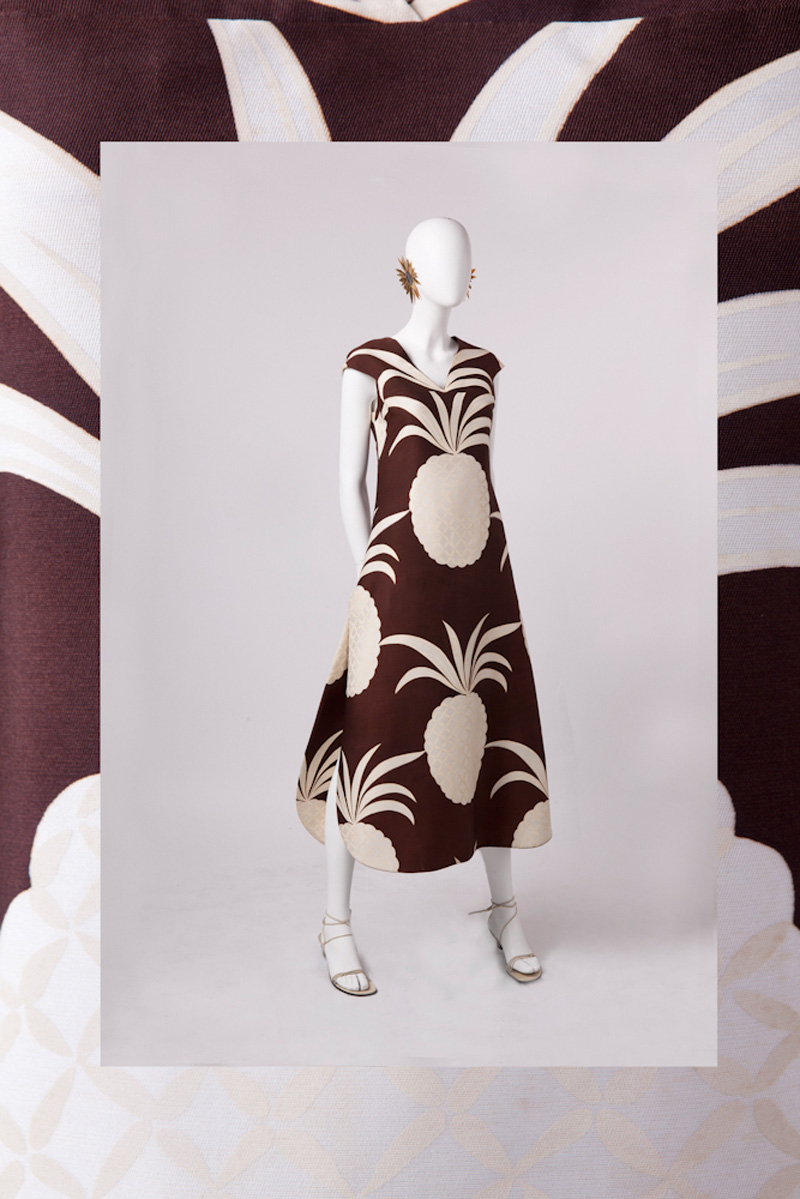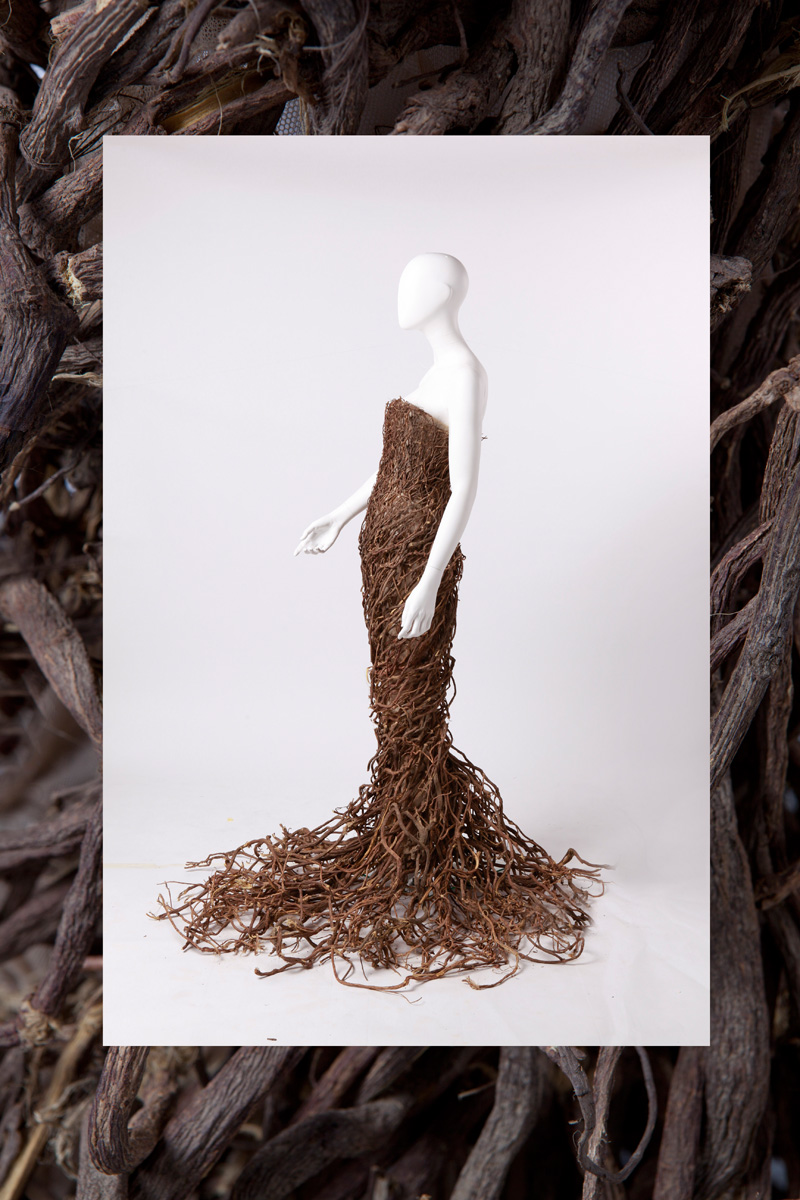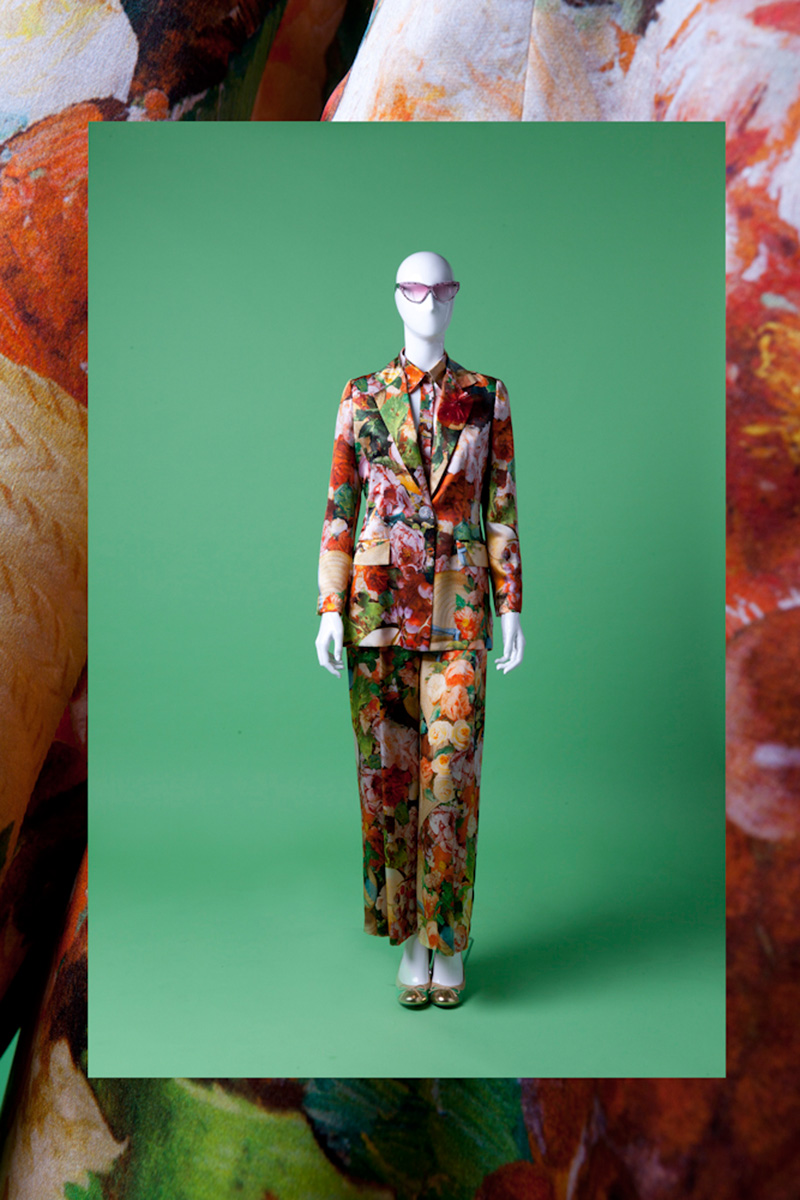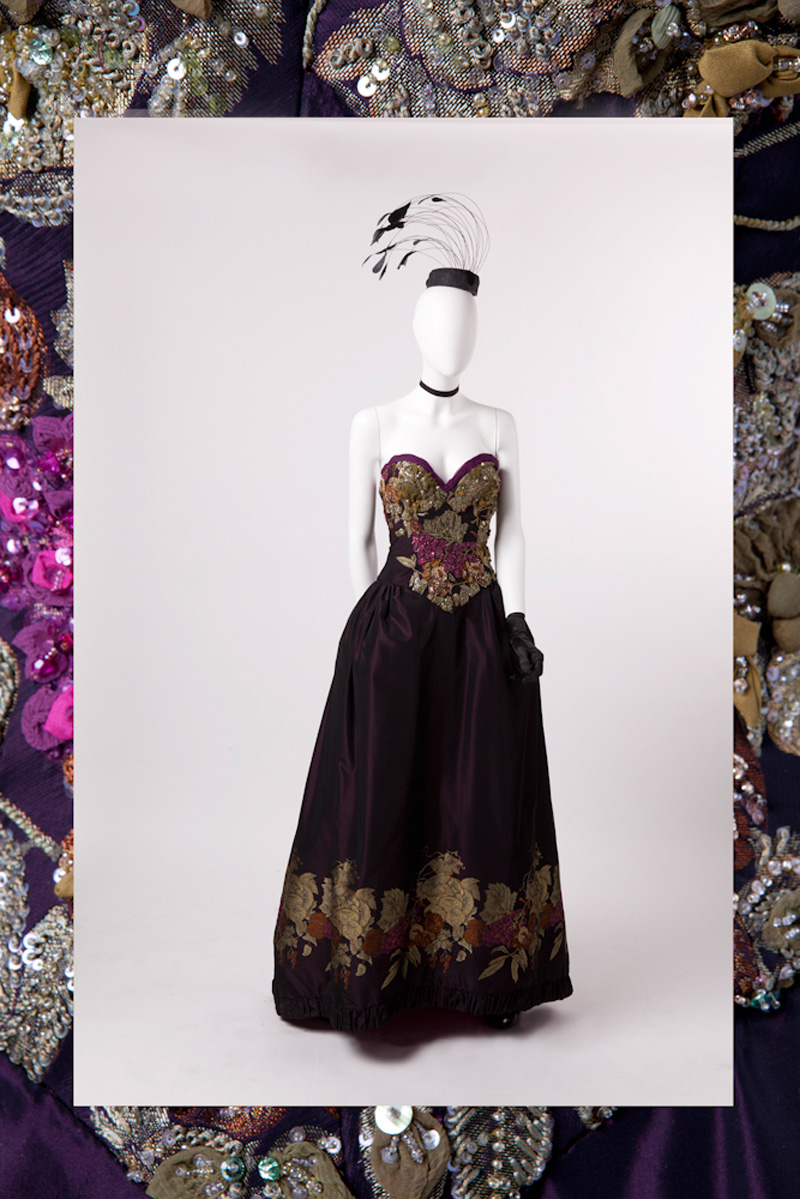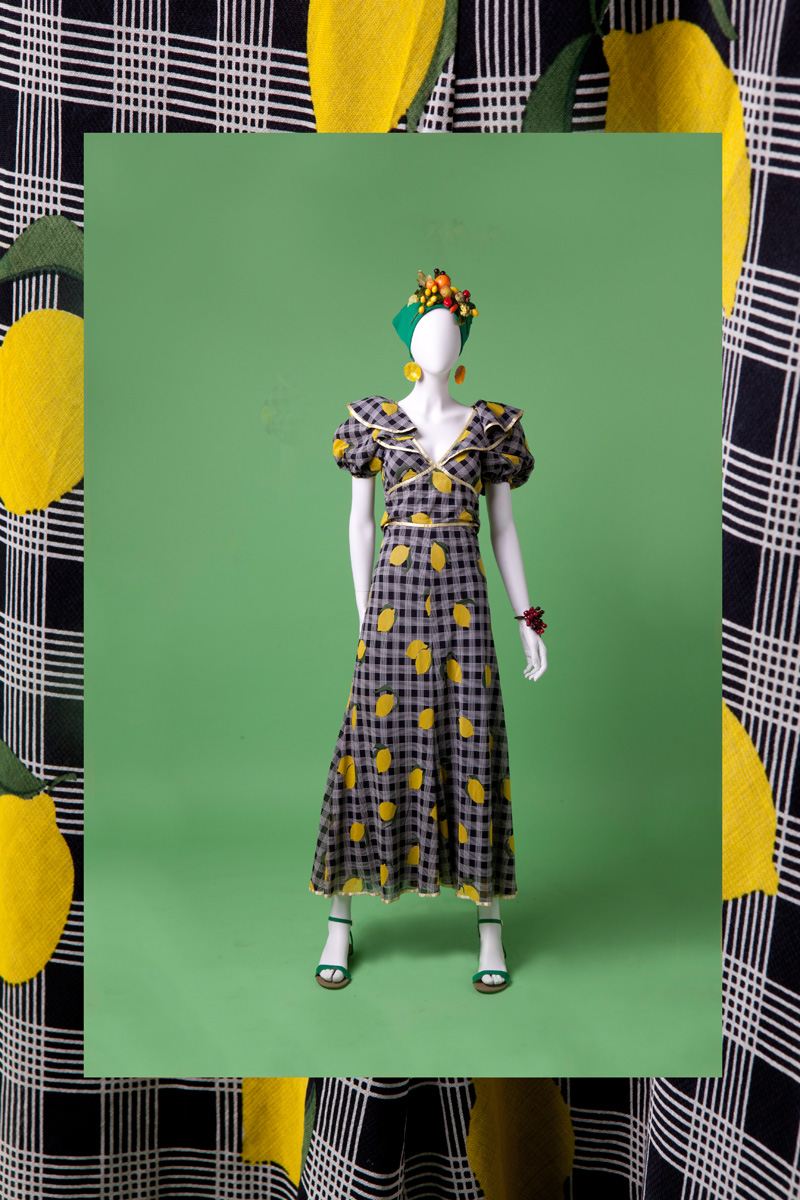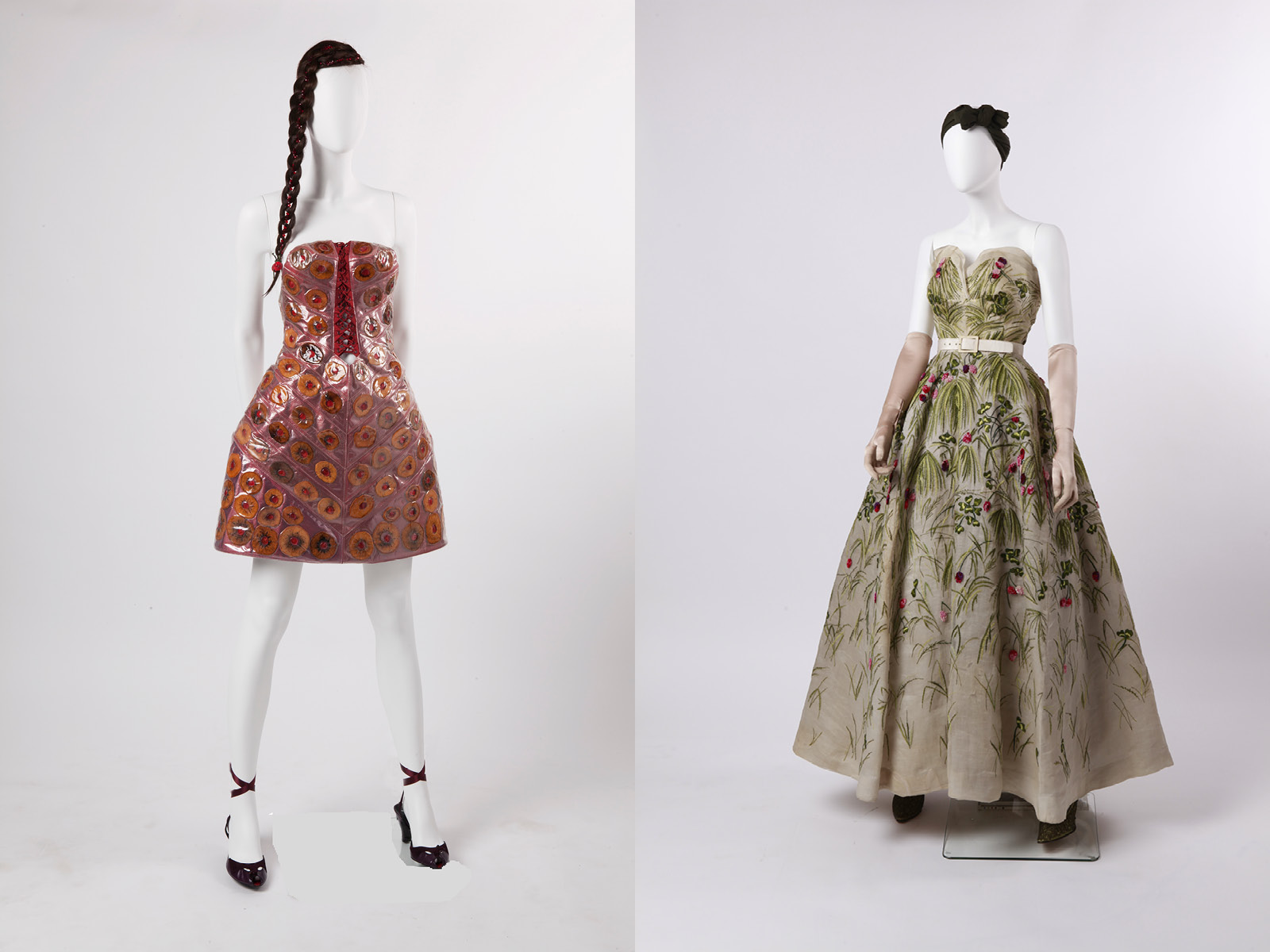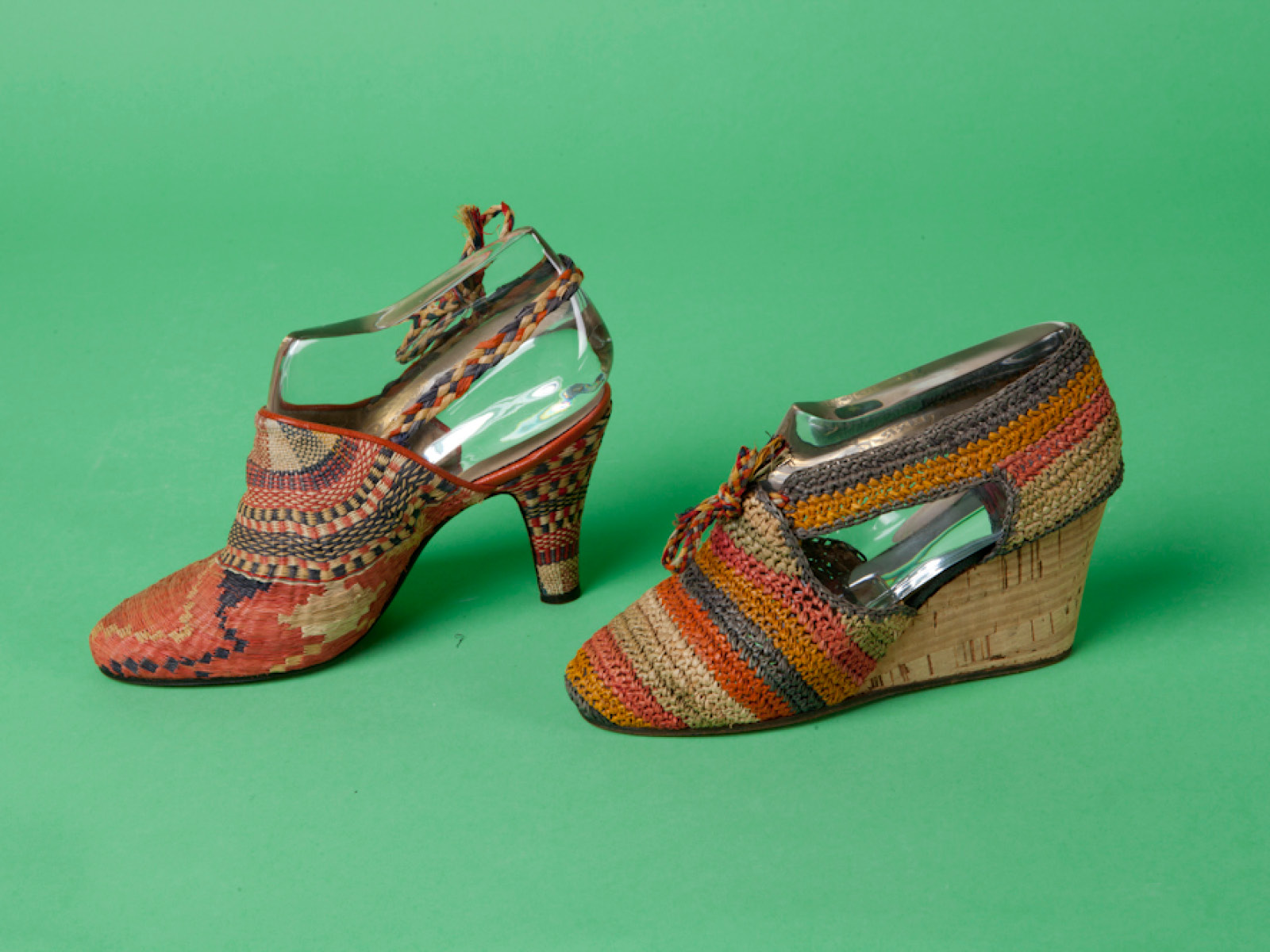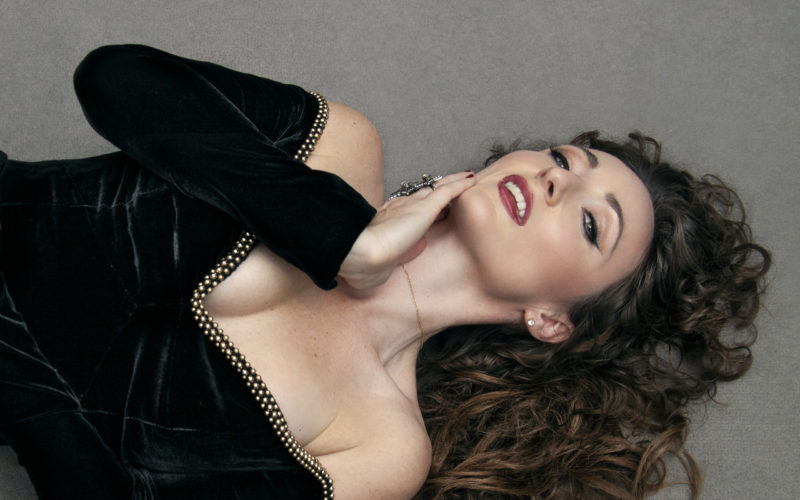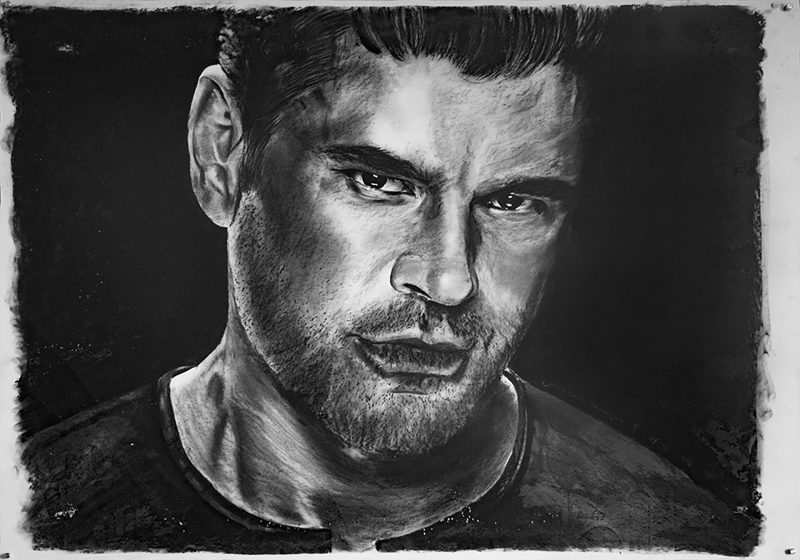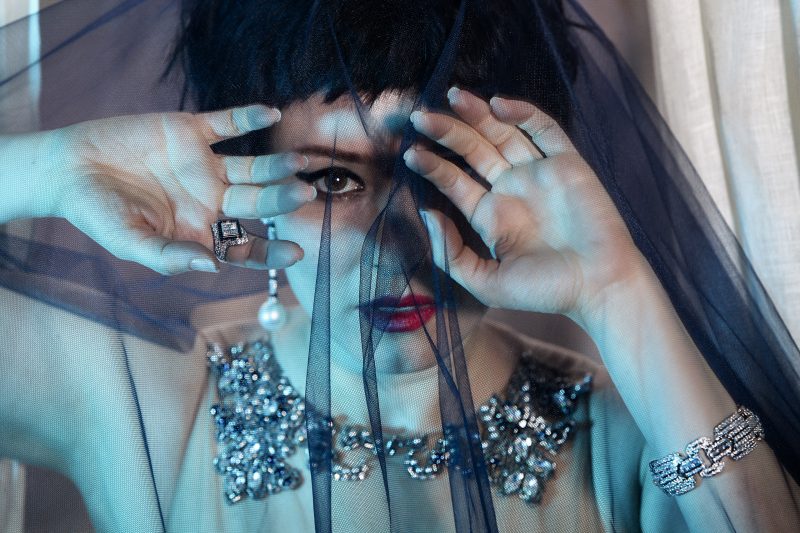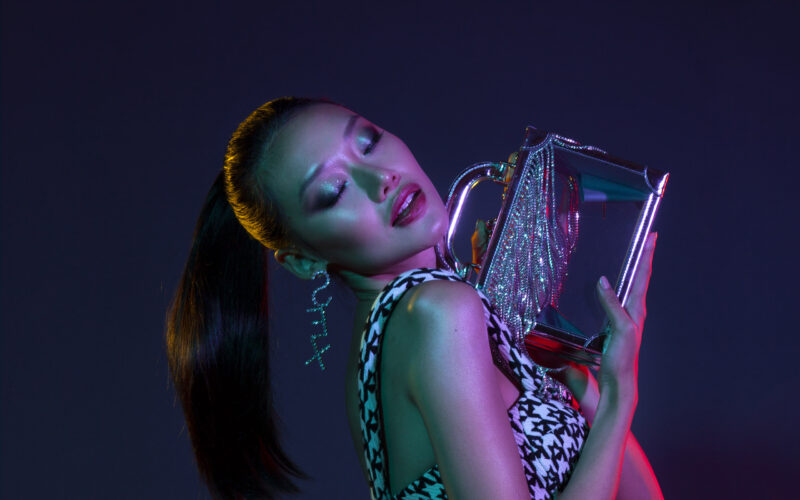The Italian Trade Commission’s Maurizio Forte dedicates his life to promoting the beauty and culture of his native country; his recent exhibition at the Chelsea Market, with design pieces by Giorgio Armani , Gattinoni, Valentino, etc etc, centered on the unification of Italian style and cuisine, using materials seemingly foreign to traditional fashion.
Maurizio Forte: We are a simple family—my father worked for the Italian car brand Alfa Romeo and my mother was a housewife. I studied agriculture in college but my dream was to be a veterinarian, but at 19 I answered an ad in the Gazzetta Ufficiale, a government publication, stating that the Trade Commission was looking for someone who graduated in agriculture. But during that time you must have first served a year, so at 20 I came back and began working.
Yelena Deyneko: What was your first role?
MF: Inspecting vegetables and fruits; f the quality was okay, I could issue a certificate. The Italian Government, with the European Union, has strict guidelines for exportation. After a few years I started in the machinery sector, which was very different. Italy is known not for technology but for consumer goods. Twenty-five percent of our exports to the US is technology, 15 percent is car components and 20 percent is semi-finished industrial products. Italy’s strength is wine, fashion, furniture and design.
YD: What did you do next?
MF: For the machinery sector, I traveled to China often and in 1996 was assigned to our Shanghai Office as Deputy Trade Commissioner for four years. Mandarin is a hard language, and at that time almost nobody could speak English.
YD: What was the most important lesson you learned?
MF: To understand and respect different working styles, to be humble as the first step of mutual trust; understand before talking, never be aggressive, and always be flexible. After thirteen years in Shanghai I was assigned as Executive Director for the Russian Federation; what I absorbed in China turned to be very useful in Moscow.
YD: What’s your perception of Russian people?
MF: Passionate, cultured and friendly, but you have to “break the ice” to create human interaction. Without this, doing business or simply organizing your daily life can be difficult. It helps that Russians have a deep passion for anything Italian.
YD: Any significant mistakes or challenges?
MF: Honestly, I don’t remember having made big mistakes; I always have the feeling something could have been done better. Luckily I work for a big organization so the decision process follows clear procedure; people in different positions are involved and the result belongs to the entire organization. Of course everybody has to operate correctly and assume his own responsibility.
I consider myself lucky after 32 years to still love my job. What motivates me is that I can help Italian companies, and the wider Italian economy, to do better. Imagine the world without Italy: You have to cancel the Roman Empire, Latin language—the roots of Italian, Spanish, French, Portuguese, Romanian—the Renaissance, Michelangelo, Da Vinci, the clock, newspaper, eyewear, anesthesia, radar, binoculars, helicopter, battery, scooter, nuclear reactor, radio, telephone, MP3, plastic, internal combustion engine, gelato, espresso, pizza, luxury fashion, super yachts, opera….
We are less than one percent of world’s population, living in a country twice the size of New York State! Every Italian has a part in our effort to make life more exciting. Whatever is Italian is either beautiful or in good taste!
YD: What particular place there holds your fondest memories?
MF: I think the essence of Italy can be found in small cities and villages. They have artistic beauty and offer a great quality of life with more human touch; they compete with big cities in term of liveliness, “cultural opportunity” and leisure. And let’s not forget these small cities were military powers and state capitals. I always suggest that my American friends visit the famous Italian cities and the small towns; the combination of these experiences is unforgettable.Unfortunately in these past few days Italy has suffered a grave loss in terms of lives and artistic heritage. The earthquake has devastated most of these little towns such as ” Amatrice”, where the pasta amatriciana was born, and most small and beautiful surrounding villages
YD: Every city has a different light or vibe.
MF: Italy is a thousand miles from north to south but has a variety of climates and amazing landscapes, from the glaciers of the Alps to the islands near the African coast. And then there’s thousands of years of social and cultural history from region to region, town to town. Every area has specialized industries—what we call production districts. Over the centuries Italy has accumulated an artisanal know-how and an industrial network of small companies linked to each other and to a specific territory. The great Italian products—mechanics, fashion, food, furniture, cars and yachts—have always been produced in a specific area of the country and that’s why they are inimitable.
YD: What are you working on in New York?
MF: The Special Promotion Plan is the largest ever made abroad by Italy, with an investment of over $70 million, focused on fashion and food with additional promotions in mechanics and décor. The strategy includes commitment to supermarket chains and US department stores to strengthen the position of Italian products. For fashion and jewelry the agreements were with Nordstrom, Saks Fifth Avenue, Piercing Pagoda, Zales, Macy’s, Helzeberg, Fred Meyer and Neiman Marcus, while the relevant food partnerships were with HEB, Mariano’s and Price Chopper. These activities are accompanied by buying trips to Italy, in-store promotions and a strong training initiative for the sales staff and consumers. We managed to introduce more than two hundred new Italian companies and a thousand new products. The slogan is “Buy Authentic Italian. Get More.”
YD: Tell me about “Eleganza del Cibo.”
MF: This exhibition represents the perfect Italian combination: food and fashion together! Stefano Dominella and Bonizza Giordani Aragno curated a visual journey inspired by eco-sustainability and energy. Among the fifty-eight dresses and accessories displayed were originals by Armani, Etro, Gucci, Gattinoni, Salvatore Ferragamo and Moschino. We had great success, from three to five thousand visitors per day.
YD: Was it a big shift from what you were doing before?
MF: The big change is because of the size; the Special Promotion is the biggest ever by the Commission, and due to the complexity, sophistication and competition of the American market, it’s a tough challenge for Italian companies and for us.
YD: What advice can you give to younger colleagues?
MF: If you go to work every day just to get the salary, you are wasting your life. Having a job is like having a family; you take responsibility and put in passion. You must also be accurate and professional on the smallest details, as a sign of respect for your partners—who are your customers. Go to work smiling, put all your energy into it. You will be paid back.

